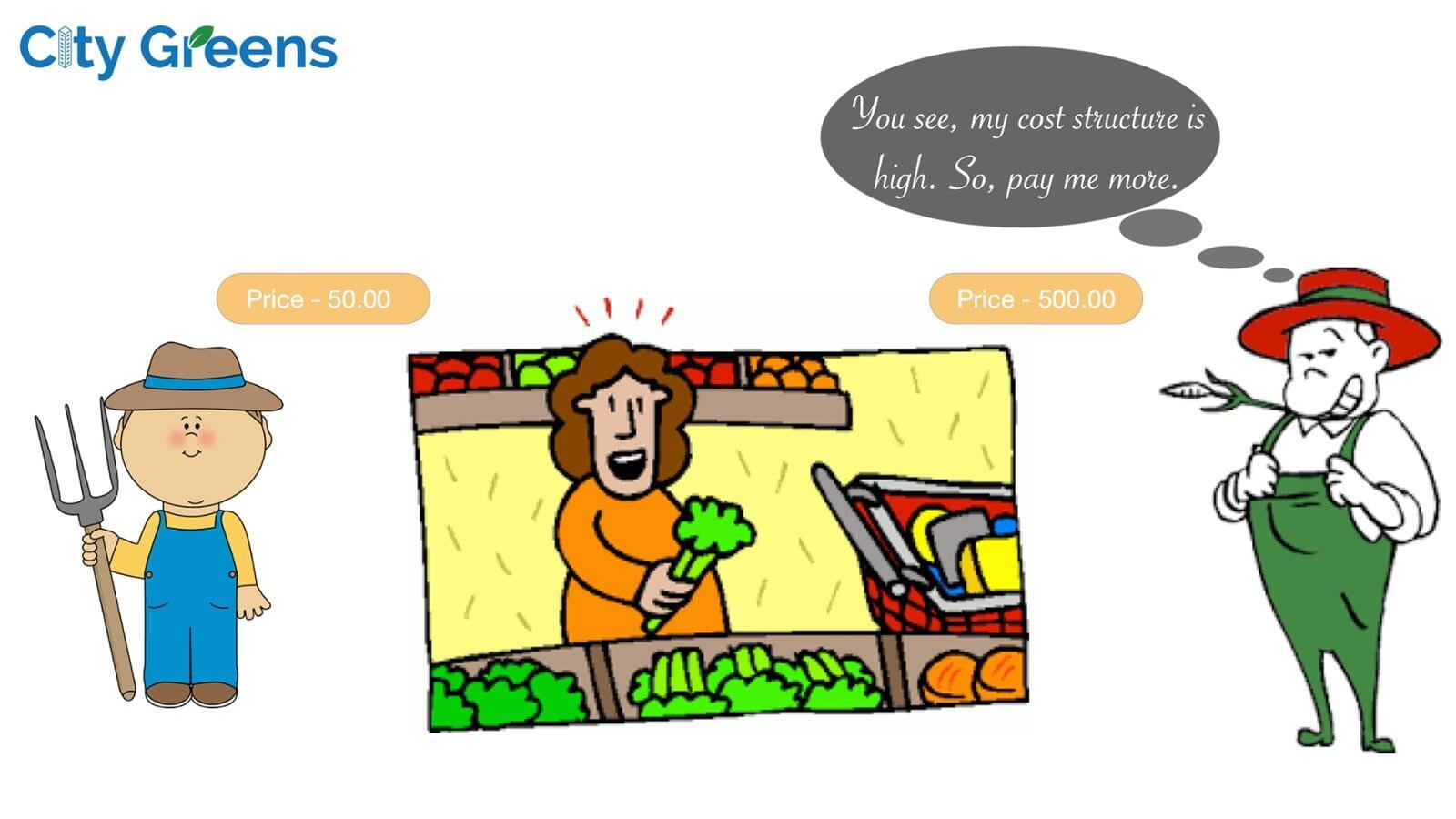Step 1
decide on setting up a Hydroponic / Vertical Farm
Step 2
decide on the crop-technology combination for the farm (primarily based on googling or hearsay)
Step 3
make the BIG investment - set up the physical farm infrastructure
Step 4
try to figure out how to get the farm to work - the learning curve for crop technology combination
Step 5
try to find a market for the crops
This sequence of steps is sub-optimal.
Even after one traverses from Step 1 through 4 successfully, the farm may still fail when one realizes that the premium, they were assuming the market will be willing to pay for their produce, does not exist. Often, by the time they reach to Step 5, they have made their cost structure so high that to maintain profitability, the only price they can charge is one that will ensure that they are priced out of the market.
Step 1
decide on setting up a Hydroponic / Vertical Farm
Step 2
understand the basics of Urban Farming and different crop-technology combinations. select 2-3 options
Step 3
do a market survey, to try to establish a market for the produce
Step 4
decide on the crop-technology combination for the farm based on learnings gained in Step 2 and 3
